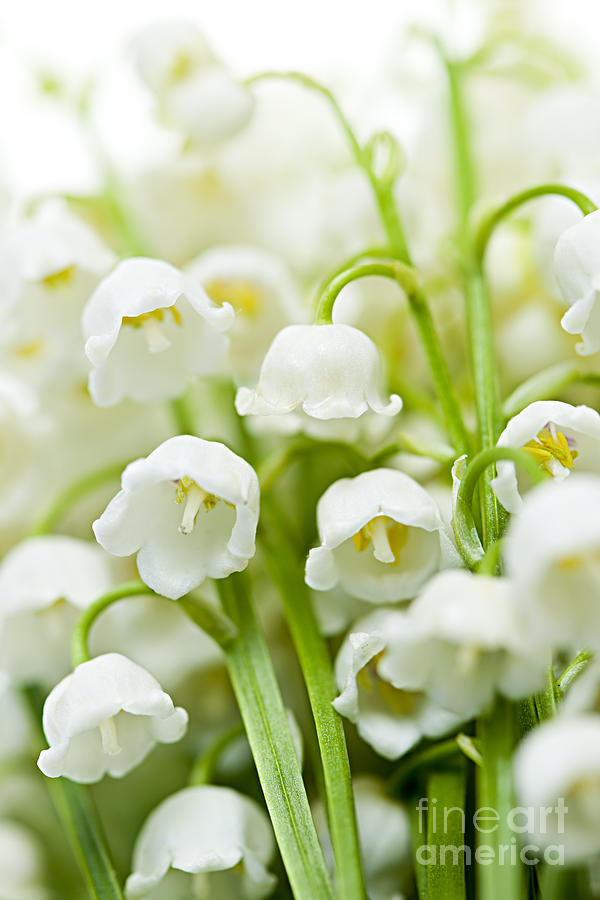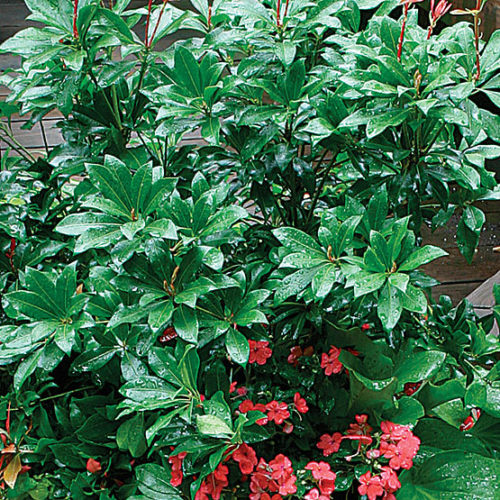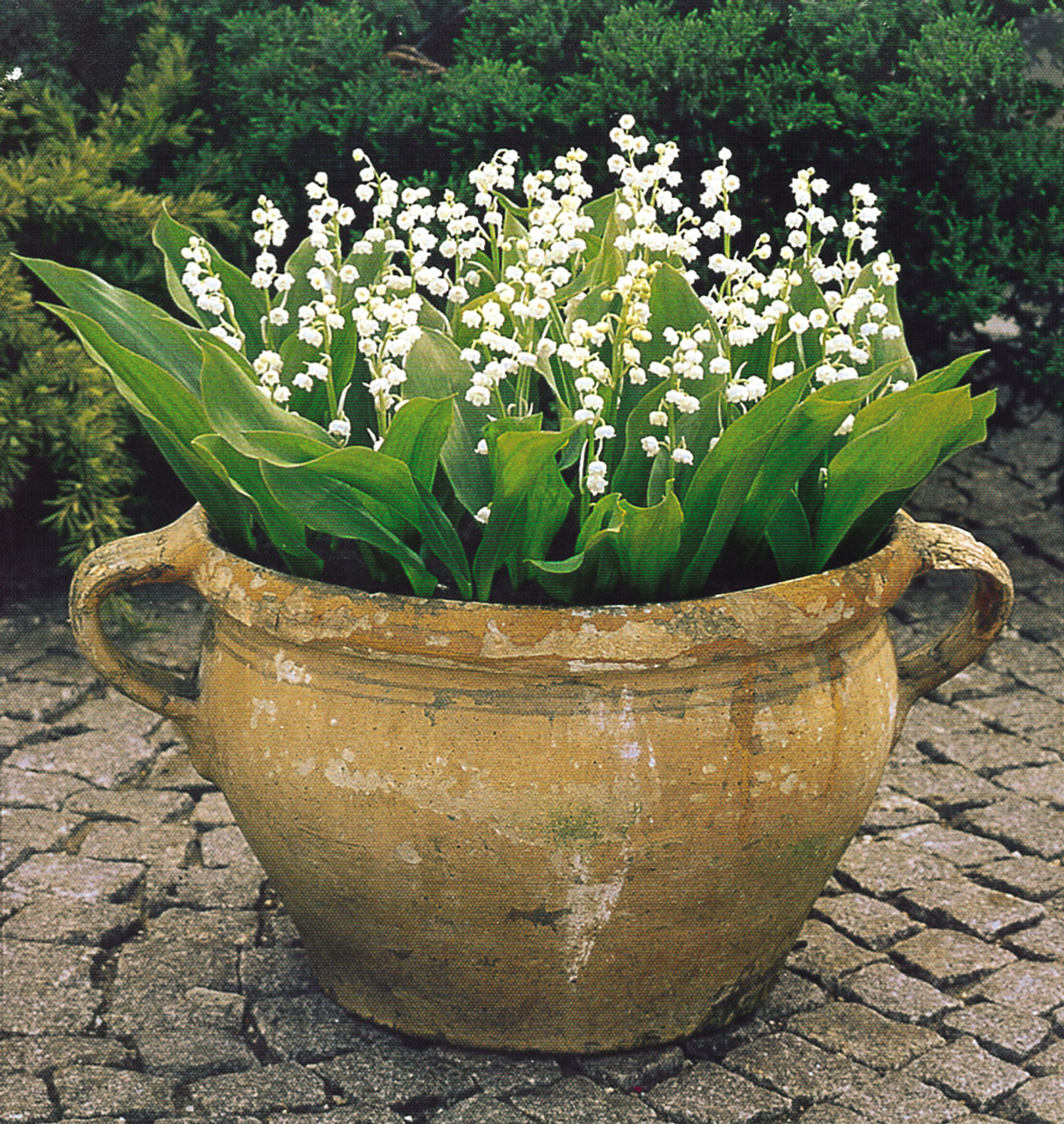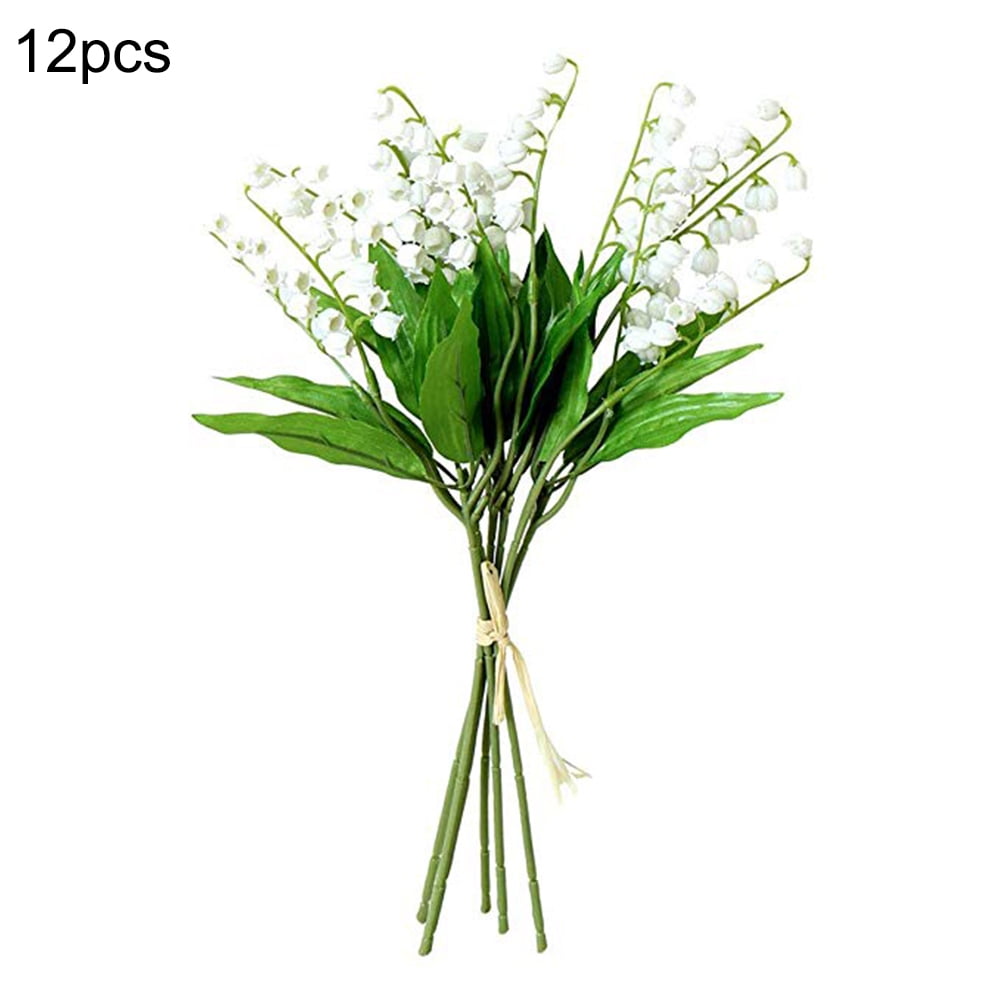Lily Of The Valley Bush: The Easytogrow Shrub With Dainty White Flowers
Lily of the valley is a popular garden plant that is known for its delicate white flowers and sweet fragrance. However, did you know that there is also a lily of the valley bush? This shrub is a bit more difficult to find, but it is just as beautiful as the herbaceous lily of the valley.
In this blog post, we will take a closer look at the lily of the valley bush. We will discuss its appearance, care requirements, and propagation. We will also provide some tips for choosing the right location for this shrub in your garden.
Appearance
The lily of the valley bush is a deciduous shrub that can grow up to 12 feet tall and 10 feet wide. It has glossy, dark green leaves that are oval-shaped and pointed. In the spring, the shrub produces clusters of drooping white flowers. The flowers are bell-shaped and have a sweet fragrance.
Care Requirements
The lily of the valley bush is a relatively easy-care plant. It prefers acidic, fertile, moist but well-drained soil. It can be grown in full sun to partial shade. The shrub is drought-tolerant, but it will do best with regular watering.
Propagation
The lily of the valley bush can be propagated by seed, but it is more commonly propagated by division. To divide the shrub, dig it up in the spring or fall and carefully separate the roots. Replant the divisions in well-drained soil.
Choosing a Location
The lily of the valley bush is a good choice for a woodland garden or a rock garden. It can also be grown as a foundation plant or in a container. When choosing a location for the shrub, be sure to choose a spot that gets partial shade to full shade. The shrub will also do well in a spot that gets morning sun and afternoon shade.
Conclusion
The lily of the valley bush is a beautiful and easy-care shrub that is perfect for adding a touch of elegance to your garden. If you are looking for a plant with delicate white flowers and a sweet fragrance, then the lily of the valley bush is a great option.
Here are some additional tips for growing lily of the valley bush:
- Mulch around the base of the shrub to help retain moisture and suppress weed growth.
- Fertilize the shrub once a year in the spring with a balanced fertilizer.
- Prune the shrub in the spring to remove dead or diseased branches.
- Protect the shrub from deer and rabbits, which may be attracted to the foliage.
With proper care, the lily of the valley bush will thrive in your garden for many years to come.
To learn more about lily of the valley bushes, visit Garden Wiki. This website provides detailed information about the plant's history, cultivation, and toxicity.
FAQ of lily of the valley bush
- How do I plant a lily of the valley bush?
Lily of the valley bushes are best planted in the spring or fall. Choose a location with partial shade and moist, well-drained soil. Dig a hole that is twice as wide as the root ball of the plant. Place the plant in the hole and backfill with soil, tamping down gently. Water well.
- How do I care for a lily of the valley bush?
Lily of the valley bushes are relatively low-maintenance. Water regularly, especially during hot, dry weather. Mulch around the plant to help retain moisture and suppress weeds. Fertilize once a year in the spring with a balanced fertilizer.
- What are some common problems with lily of the valley bushes?
The most common problems with lily of the valley bushes are root rot, powdery mildew, and aphids. Root rot can be caused by overwatering or poor drainage. Powdery mildew can be caused by humid conditions. Aphids can be controlled with insecticidal soap or neem oil.
- Is lily of the valley bush poisonous?
Yes, lily of the valley bush is poisonous. All parts of the plant contain cardiac glycosides, which can be fatal if ingested. Keep lily of the valley bushes out of reach of children and pets.
- How do I propagate lily of the valley bush?
Lily of the valley bushes can be propagated by division, cuttings, or seed. Division is the easiest method. In the fall or spring, carefully dig up a mature plant and divide it into several smaller clumps. Replant the clumps in a new location.
Image of lily of the valley bush
- Lily of the valley bush in full bloom.
- Close-up of lily of the valley flowers.

- Lily of the valley bush with green leaves.

- Lily of the valley bush in a pot.

- Lily of the valley bush in a garden.
- Lily of the valley bush in a forest.
- Lily of the valley bush in a meadow.

- Lily of the valley bush in a vase.

- Lily of the valley bush as a wedding decoration.

- Lily of the valley bush as a gift.
Post a Comment for "Lily Of The Valley Bush: The Easytogrow Shrub With Dainty White Flowers"